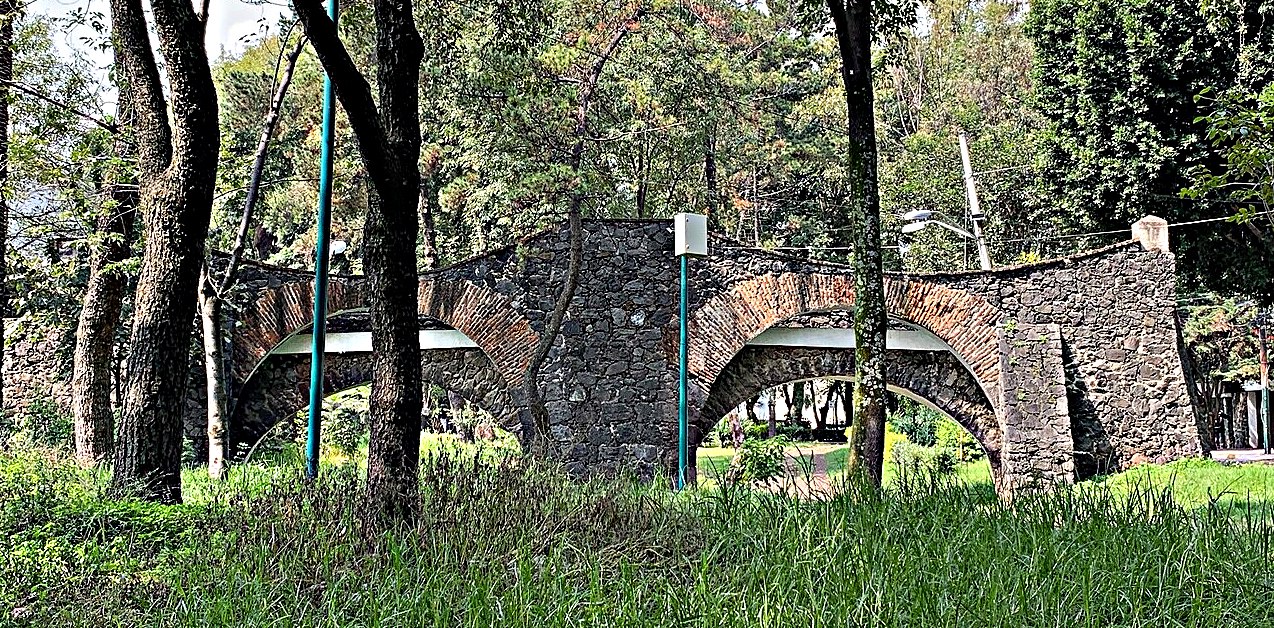
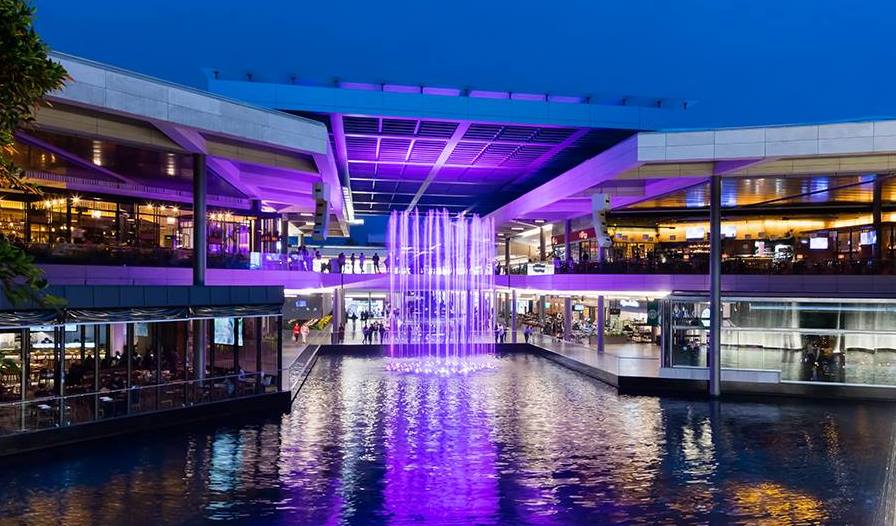
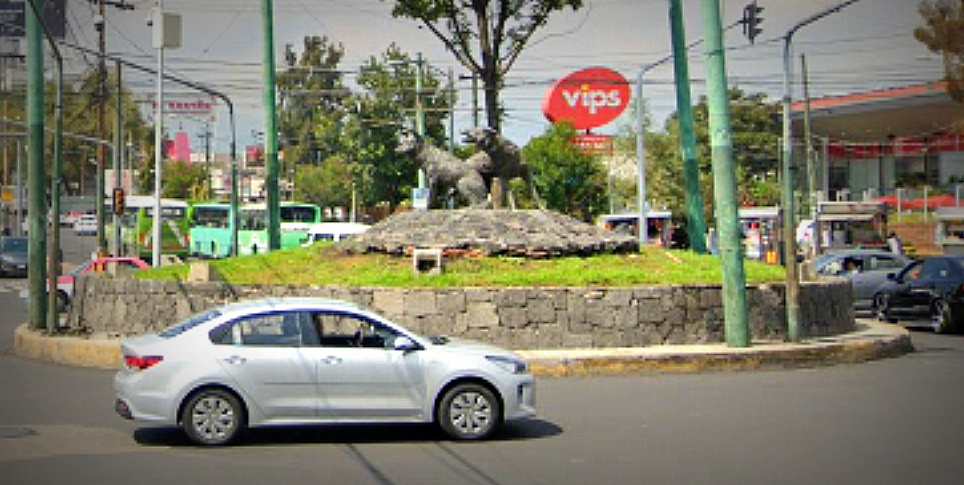
El Barrio Oxtopulco es uno de los menos conocidos pero más visitados de los Barrios Originarios de Coyoacán. En él se encuentra la Glorieta de los coyotes. La glorieta parece dar la bienvenida a los automovilistas que regresan de Álvaro Obregón con la icónica escultura de Gabriel Ponzanelli, de la famosa línea de escultores italo-mexicanos. Más adelante, en la avenida Miguel Ángel de Quevedo, hay varias obras más. La Bañista de Ponzanelli está justo enfrente de los Coyotes, en el lado este de la rotonda. Por supuesto, la versión más famosa de los Coyotes de Ponzanelli se encuentra en la fuente del Jardín Centenario, donde sirve como símbolo de todo Coyoacán.
Oxtopulco también alberga hoy la estación del Metro Miguel Ángel de Quevedo. Fue un antiguo caserío entre los antiguos pueblos de Chimalistac al suroeste y el antiguo Coyoacán, hoy Centro Histórico, al noreste. El nombre náhuatl, Oxtopulco, significa “lugar de muchas cuevas”. Esto hace referencia a la larga historia de la zona como cantera de roca. El nombre suele reconocerse por el más septentrional de los famosos puentes de Chimalistac, del siglo XVII. Está justo al oeste del actual barrio de Oxtopulco Universidad que se muestra en el mapa.
Es probable que el antiguo Barrio Oxtopulco sea poco conocido porque la mayor parte de su patrimonio verdaderamente antiguo está hoy cubierto bajo centros comerciales y sus respectivos estacionamientos. Pero incluso antes de la moda moderna de los centros comerciales, la zona era una importante área de canteras que aprovechaba el Pedregal de San Angel, es decir, el gigantesco flujo de lava que cubre gran parte del sur de Ciudad de México. Esas canteras proporcionaron un flujo casi interminable de artefactos verdaderamente antiguos durante el periodo colonial. Se cree que algunos eran vestigios de los asentamientos de Copilco del siglo II d.C., contemporáneos de la avanzada civilización de la época. Éstos eran contemporáneos de la avanzada civilización de Cuicuilco, un poco más al sur.
El moderno fraccionamiento Romero de Terreros abarca gran parte del norte del antiguo poblado de Oxtopulco. Construido en 1950, el barrio casi cubría la hacienda de la época colonial de San José del Altillo. Al suroeste, Oxtopulco Universidad sigue siendo un barrio de calles diminutas y sinuosas, cuyo antiguo homónimo aún no se ha olvidado del todo.

Cercano a 0.08 kms.

Cercano a 0.12 kms.
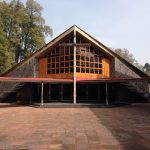
Cercano a 0.18 kms.
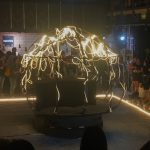
An exciting cultural center devoted to music, theater, technology, and art.
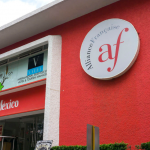
A vibrant cultural and language center in a treelined corner of Chimalistac . . .

Un nuevo centro comercial en San Ángel.
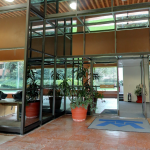
Una colección privada que cubre lo oculto, el Tarot y una docena más de temas arcanos...
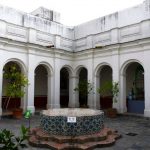
Una colección inigualable de arte sacro en un entorno asombroso...